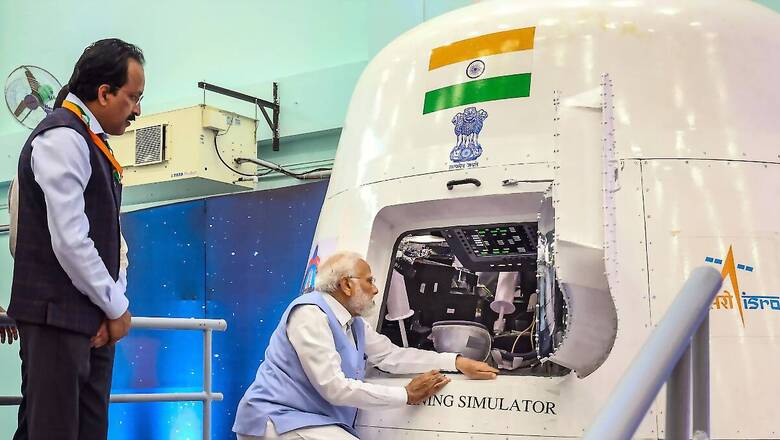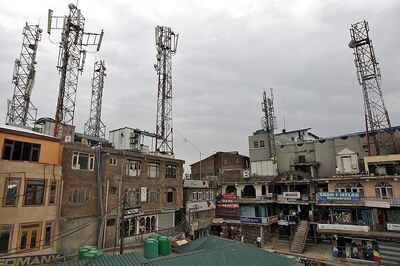
views
Science and Technology have been one of the top priorities of the Narendra Modi government 3.0 in the first 100 days since it came to power. In a big move, the Union Cabinet on Wednesday cleared funds worth more than Rs 22,750 crore for four Space missions.
Four space missions will be launched by the Indian Space Research Organisation (ISRO) in the near future. These include – India’s lunar mission Chandrayaan-4; the development of Venus Orbiter Mission (VOM); the building of first unit of India’s indigenous space station, dubbed Bharatiya Antariksh Station (BAS), by extending the scope of Gaganyaan programme; and, the development of Next Generation Launch Vehicle (NGLV).
“It would make everyone proud that Chandrayaan-4 has been cleared by the Cabinet! This would have multiple benefits, including making India even more self-reliant in space technologies, boosting innovation and supporting academia,” Prime Minister Narendra Modi said. “India’s space ambitions take yet another important leap with the approval of the Next Generation Launch Vehicle (NGLV)! This will bring us closer to establishing the Bharatiya Antariksh Station and achieving a crewed Moon landing by 2040,” he added.
The Modi government took the first steps in the field of science and technology soon after returning to power. On August 23, the first National Space Day was celebrated (in honour of the success of India’s moon mission Chandrayaan and Mars mission Mangalyaan).
The Modi government has also established a Rs 1,000 crore venture capital fund scheme for space startups.
There has also been a significant launch in the first 100 days of the Modi govt 3.0. On August 16, the successful launch of the EOS-08 satellite on SSLV-D3 took place. The SSLV is capable of launching mini, micro, or nano satellites into a 500-kilometer orbit.
A National Research Fund of Rs 50,000 crore and the ‘Vigyan Dhara’ scheme with Rs 10,500 crore have been established by the central government.
Meanwhile, the government announced setting up of a semiconductor unit in Sanand, Gujarat. With an investment of Rs 3,300 crore, it will have a production capacity of 6 million chips per day. India has become the second-largest mobile producer, with the establishment of indigenous semiconductor facilities.



















Comments
0 comment